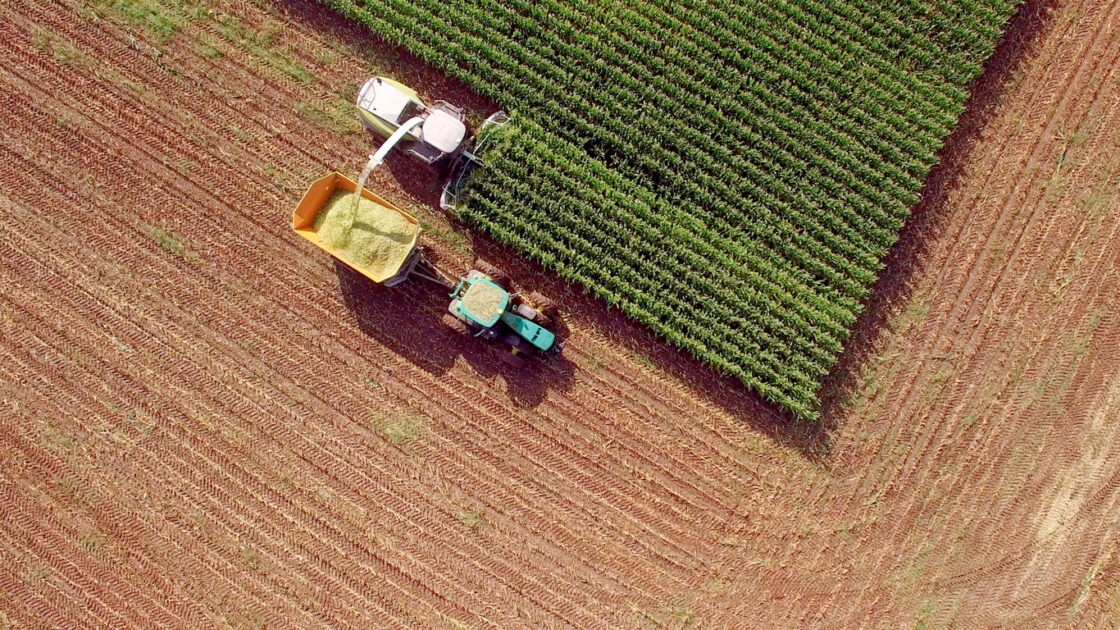Organic Acreage Continues to Grow as Conventional Grain Prices Plummet

Conventional corn and soybean prices continue to drop, contributing to increased organic acreage across the United States as farmers attempt to boost their margins.
“Four years of global oversupply have pushed down grain prices, reduced agricultural revenues and put more expensive producers under financial pressure,” reports Reuters, noting that corn futures have dropped about 12 percent this year, and soybean prices have dropped 17 percent.
Organic acreage, meanwhile, increased 37 percent from 2011 to 2016, reaching a total of 5 million acres. Several states specifically saw a jump in land devoted to organic cereal crops, including soybeans in Iowa, corn in Minnesota, and wheat in Colorado and Texas, reports High Plains Public Radio. Production of these crops jumped 30 percent nationwide between 2015 and 2016.
Much of the motivation for this is increased demand for feed from organic dairy and poultry farms, particularly in the wake of the Washington Post expo revealing fraudulent “organic” grain imports. Today, half of the organic corn and three-quarters of the organic soybeans sold in the United States are imported.
Eric Thalken of Burkey Farms in Nebraska notes that the price premium is well worth the effort of converting to organic.
“Some of (this corn) is sold at $8.80, some of it’s sold at $9,” Thalken tells High Plains Public Radio; this is nearly triple the current conventional corn price which, the outlet reports, has been “hovering around the break-even mark.”
The price of organic conversion is a deterrent to some, however, particularly given the lack of margin of error with this method of farming.
“To pull off a good organic crop, you have to be good on every single step through the way,” says Thalken. “If someone didn’t set a cultivator right or if you got the wrong cover crop mix you could literally cut your yields in half.”
Farmers had high hopes for a certified transitional label developed by the Organic Trade Association in partnership with the USDA. Announced in January, the label would have allowed farmers transitioning to organic certification, who must use more expensive and labor-intensive organic methods for three years before being certified, to earn a premium on their crops during this transitional period.
“I think that would have been a tool or a piece of the puzzle,” says the OTA’s Senior Crops and Livestock Specialist, Nate Lewis of the transitional certification. “For folks that really just can’t get over the financial hurdle, having the ability to get some kind of premium in that interim time could make a real difference.”
However, according to the Lewis, the label is currently stalled at the USDA.
“Our political appointments aren’t there to make these critical decisions moving forward with programs,” he says.
Related on Organic Authority
EWG Demands Congress Expand Organic Agriculture Opportunities
USDA to Reimburse Organic and Transitional Farmers
US Organic Farming Land Reaches Record 4.1 Million Acres

